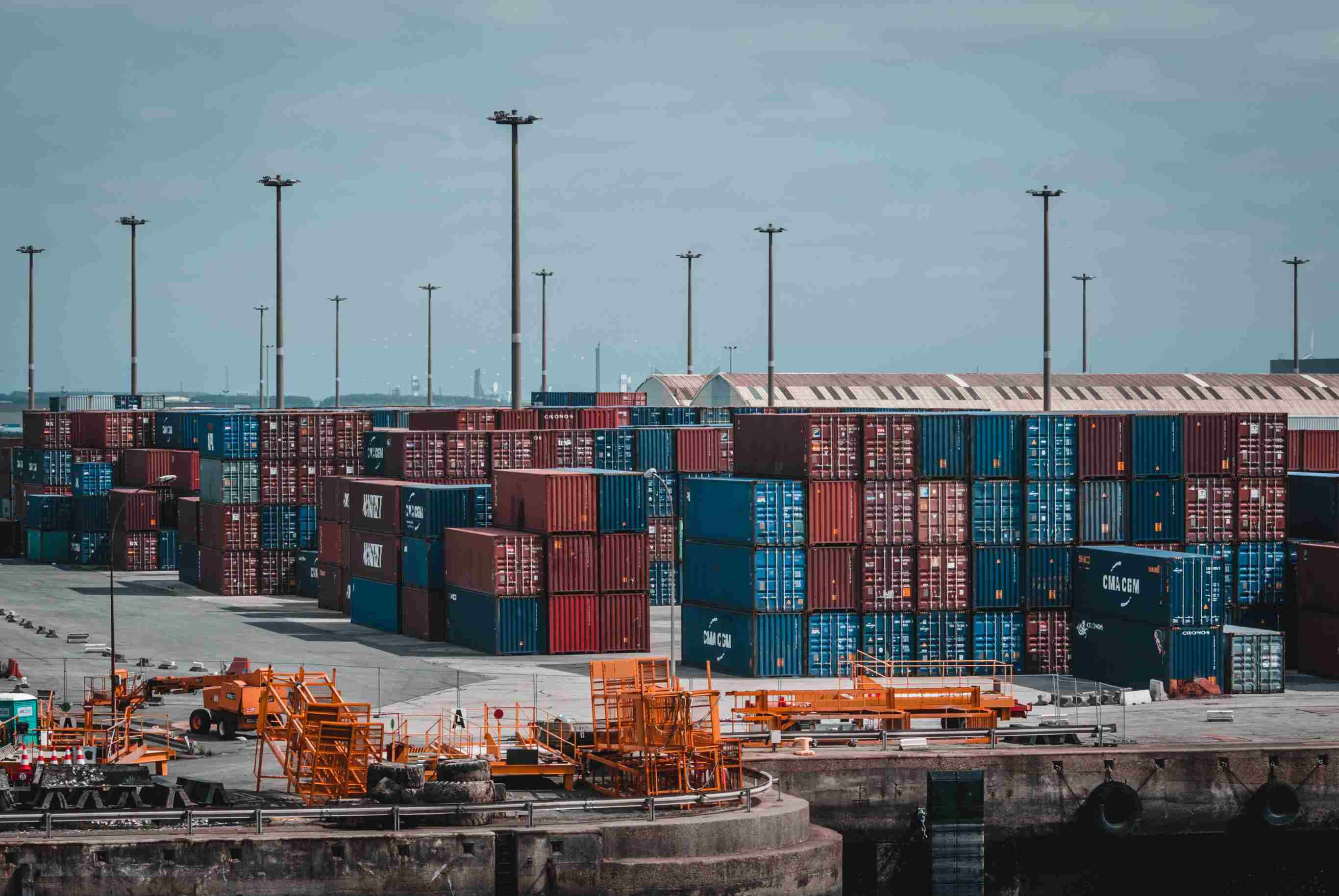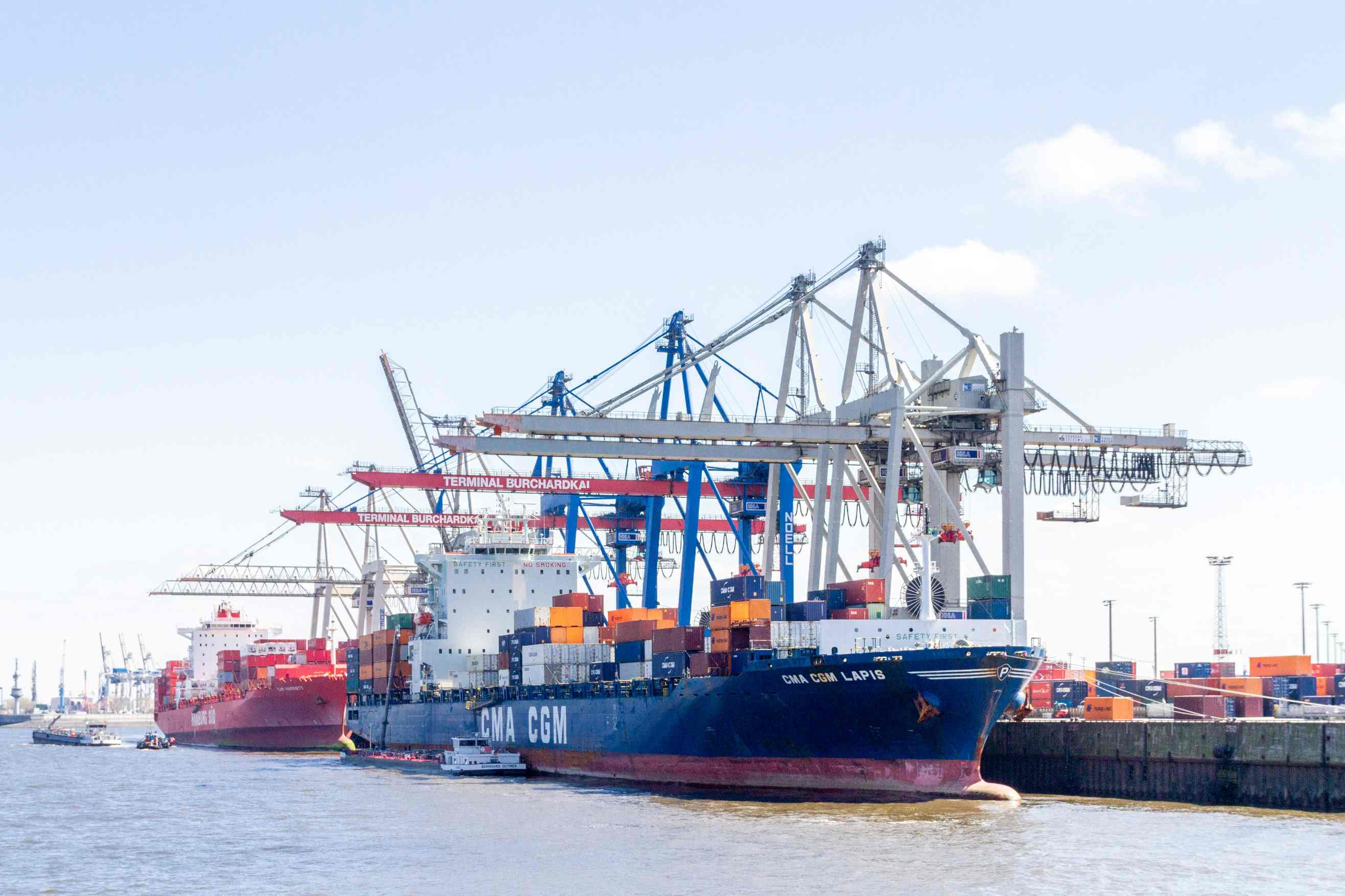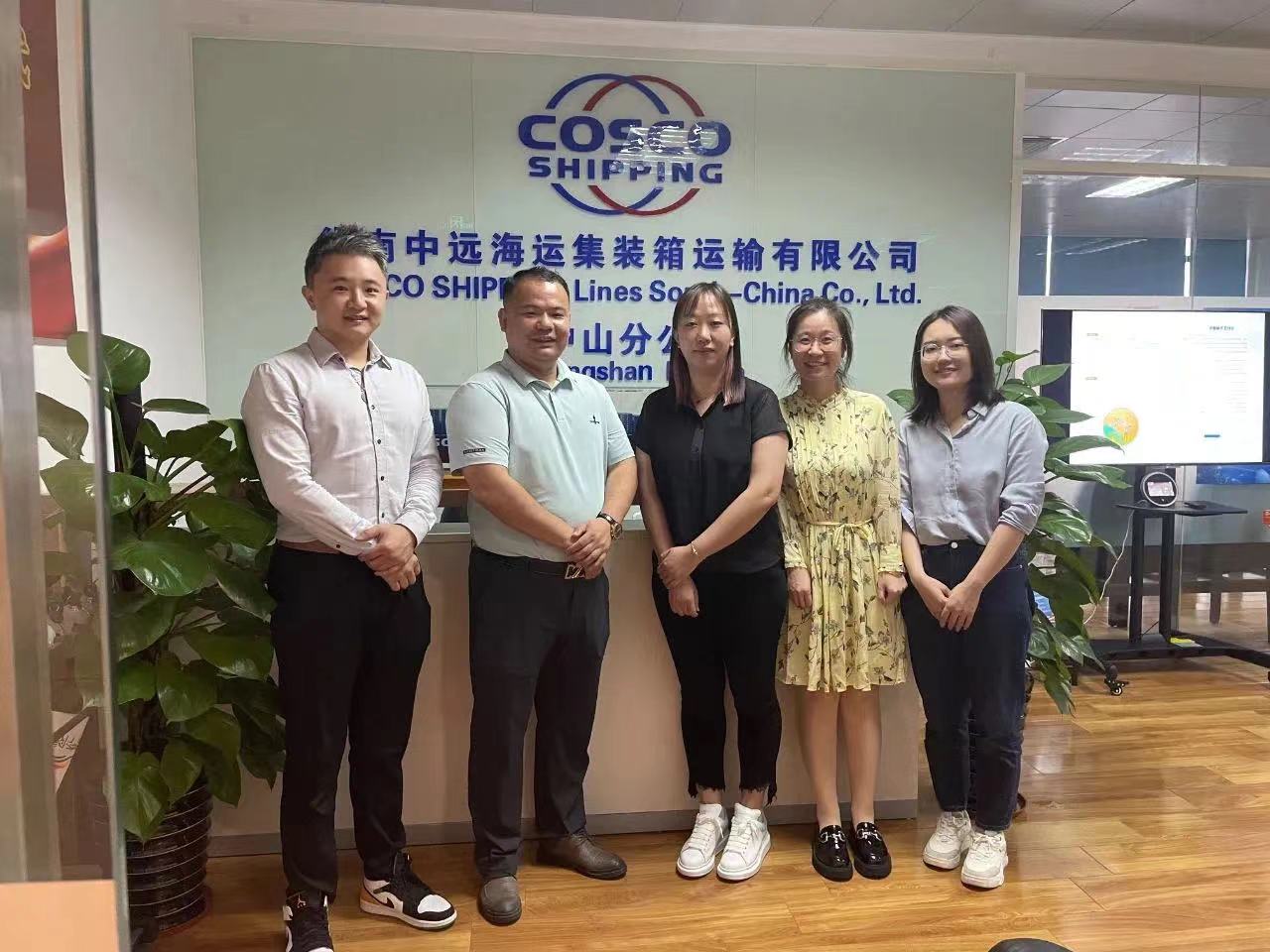A Complete Guide to Container Shipping and Transportation
In global trade, container shipping is a key method for managing international logistics. Efficient container transport reduces costs, saves time, and ensures cargo safety.
This guide covers the advantages, types, processes, cost optimization, and challenges of international container shipping, helping businesses make informed decisions for global container transport.
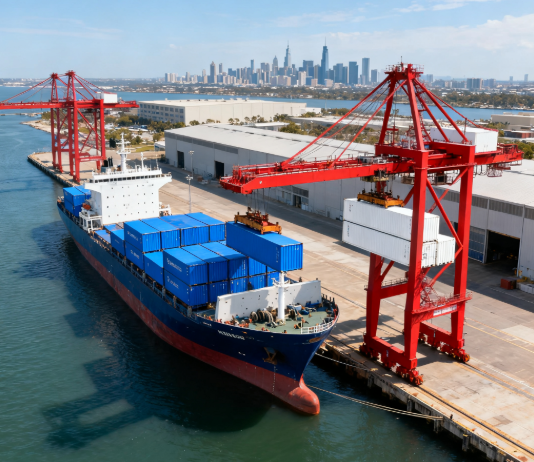
What is Container Shipping and Its Main Advantages
Container shipping involves transporting goods using standardized containers from the point of origin to the destination. Compared to traditional bulk cargo methods, it offers significant benefits in efficiency, safety, and traceability.
Key advantages include:
1. Standardized and efficient operations
- Containers have uniform dimensions, simplifying loading, unloading, and stacking, reducing labor costs and port handling time.
- Standardization facilitates container logistics across multiple transport modes (road, rail, and sea).
2. Enhanced cargo safety
- Containers are sealed, weatherproof, and theft-resistant, minimizing the risk of damage or loss during transport.
- Proper packing and securing within containers further improve cargo stability.
3. Flexibility for global supply chains
- Containers can seamlessly switch between sea, rail, and road transport, ensuring timely delivery of goods.
- Both FCL (Full Container Load) and LCL (Less than Container Load) options are available to match shipment sizes.
4. Reduced overall logistics costs
- High utilization rates and standardized processes lower per-unit transportation costs.
- Working with reliable freight forwarders can minimize delays, detention fees, and other additional costs.
By leveraging these advantages, companies can maintain competitiveness through efficient cargo container transportation.
Types of Containers
Selecting the right container type is a critical aspect of container logistics. Different containers are designed to meet specific cargo requirements:
Standard Dry Containers (20ft / 40ft): Ideal for general cargo such as furniture, electronics, and clothing. They are the most common choice in ocean container shipping.
Refrigerated Containers (Reefer): Maintain controlled temperatures for perishable goods like food, pharmaceuticals, and biological products.
Specialty Containers: Include Open-top, Flat Rack, Frame, and Tank containers for oversized, heavy, or liquid cargo.
Container type should match cargo volume, weight, temperature control needs, and route conditions. Choosing the correct container improves both efficiency and safety in international container shipping.
Container Shipping Process
International container shipping involves several steps, each impacting efficiency and cost:
- Obtaining carrier quotes
Compare multiple freight forwarders based on cargo specifications, quantity, and shipping route.
- Booking the shipment
Confirm space allocation, contracts, and estimated departure times to ensure sea freight containers are scheduled efficiently.
- Packing and loading
Properly pack goods and secure them inside containers to prevent damage during transit.
- Transport to the port
Containers are moved by truck or rail to the port, with documentation prepared for handover.
- Loading and ocean transport
Containers are loaded onto ships for ocean container shipping. Tracking systems allow real-time monitoring of location and condition.
- Unloading, customs clearance, and delivery
Upon arrival at the destination port, containers are unloaded, cleared through customs, and delivered to the final recipient, completing the global container transport process.
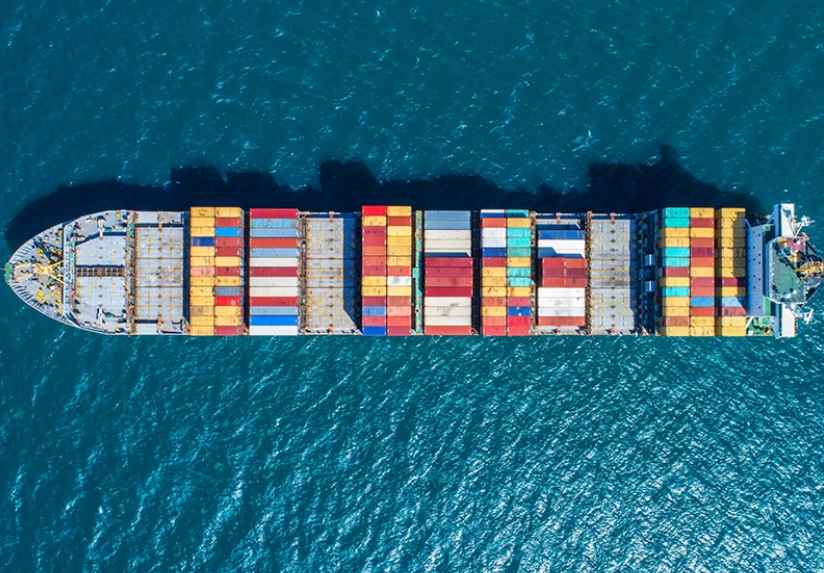
Cost Analysis and Optimization in Container Transport
The cost of container transport depends on multiple factors:
- Shipping fees
Prices vary by route, season, and shipment size. FCL is suitable for large shipments, while LCL is ideal for smaller or mixed cargo.
- Port and additional charges
Terminal handling, port fees, and fuel surcharges. Costs may spike during peak season.
- Customs duties and tariffs
Each destination country has unique regulations and fees affecting overall cost.
Cost optimization strategies include:
- Choosing the right FCL or LCL option to maximize container utilization.
- Booking early to avoid peak season surcharges.
- Optimizing packing and loading to increase space utilization and reduce damage risk.
- Partnering with reliable freight forwarders for comprehensive services and negotiated rates, reducing delays and hidden costs.
Implementing these strategies allows businesses to maintain efficient and cost-effective cargo container transportation.
Common Challenges in Container Shipping
Businesses may encounter several challenges in container logistics:
- Port congestion and delays
Planning alternative ports and flexible routes can mitigate risks.
- Documentation errors and customs clearance issues
Accurate and complete documents (bill of lading, packing list, commercial invoice) are essential for smooth customs processing.
- Hidden costs
Detention, demurrage, and special handling fees should be anticipated and budgeted.
- Cargo risk management and insurance
High-value or fragile goods should be insured, and proper securing measures applied.
- Special cargo restrictions
Hazardous, perishable, or oversized cargo requires strict compliance with regulations and special handling procedures.
Working with professional freight forwarders and proactive planning can effectively address these challenges.
Conclusion
Container shipping is essential for modern international trade. Understanding the process, choosing the right container, and managing costs and risks ensures efficient global container transport.
Partnering with professionals like HaiYuan Logistics can further improve efficiency, reduce costs, and guarantee timely delivery in ocean container shipping.
FAQ
Q1: What factors determine the choice between FCL and LCL for container shipping?
A1: FCL is best for large shipments requiring a full container, while LCL suits smaller or mixed cargo to optimize costs and space utilization.
Q2: How do shipping routes affect container transport costs?
A2: Longer routes or congested ports can increase costs and transit times; choosing efficient routes and avoiding peak seasons can reduce expenses.
Q3: What types of cargo require special containers?
A3: Oversized, heavy, liquid, perishable, or hazardous goods may need Open-top, Flat Rack, Tank, or Reefer containers for safe transport.
Q4: How can businesses minimize hidden fees in international container shipping?
A4: Planning ahead, understanding port charges, customs duties, and using reliable freight forwarders helps avoid detention, demurrage, and other extra fees.
Q5: What insurance considerations are important for container transport?
A5: High-value, fragile, or perishable goods should be insured to protect against loss, damage, or delays during transit.
Q6: How do seasonality and market demand impact container shipping availability?
A6: Peak seasons can lead to limited space and higher rates; early booking and flexible scheduling help ensure timely shipping and cost efficiency.
